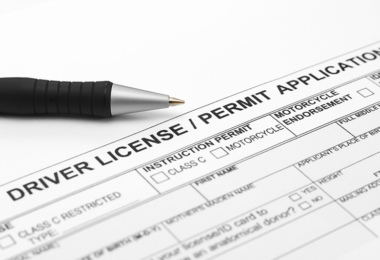Home / Modules / Components / Learner holding period of 12 months / Description and rationale
Description and rationale
Requiring that young drivers hold a learner’s driving permit for 12 months is consistent with the principles of GDL and provides more time for supervised driving practice in the low-risk learner period. A 12-month learner period also allows beginners to practice driving under supervision in all seasons of the year which may be especially important in those jurisdictions experiencing severe seasonal weather conditions.
Most researchers have concluded that overall, there is a crash reduction benefit of a longer holding period of 12-months.1 Although most states require young drivers complete just six months in the learner stage, a 12-month learner period has clear safety benefits. In addition, this practice would raise the intermediate licensing age in about half of U.S. states. For example, in states that have a learner starting age of 15.5 years and a learner holding period of six months means that teens can obtain a license at age 16. However, increasing the learner period to 12 months increases the licensing age to 16.5 years. An important caveat in implementing this policy is to not lower the learner starting age because this negates the benefits of this particular policy.





